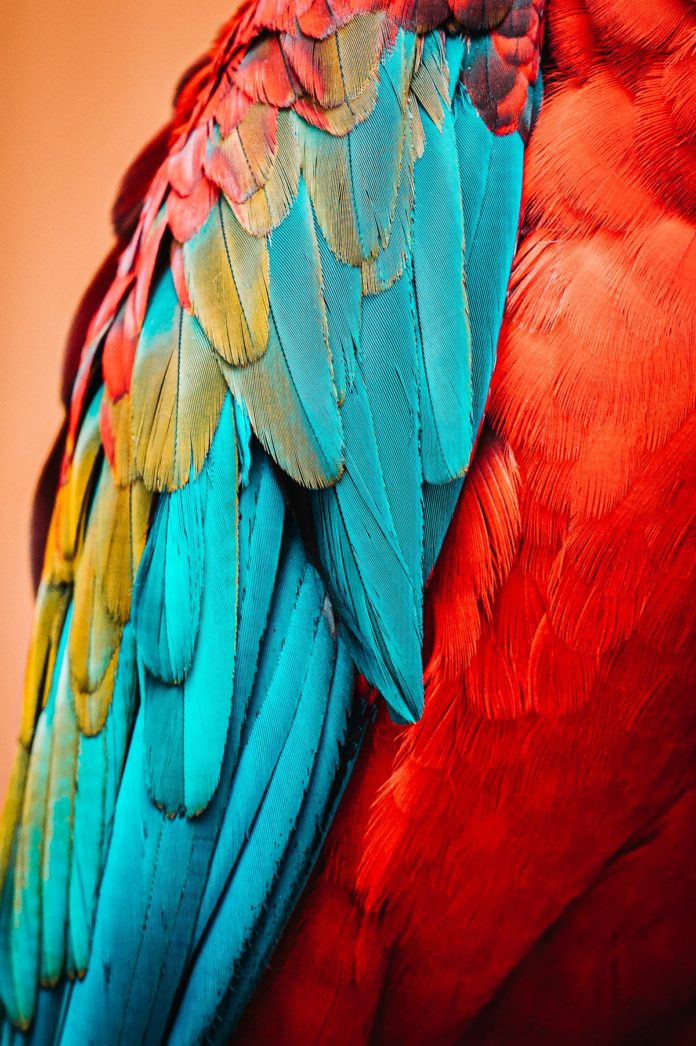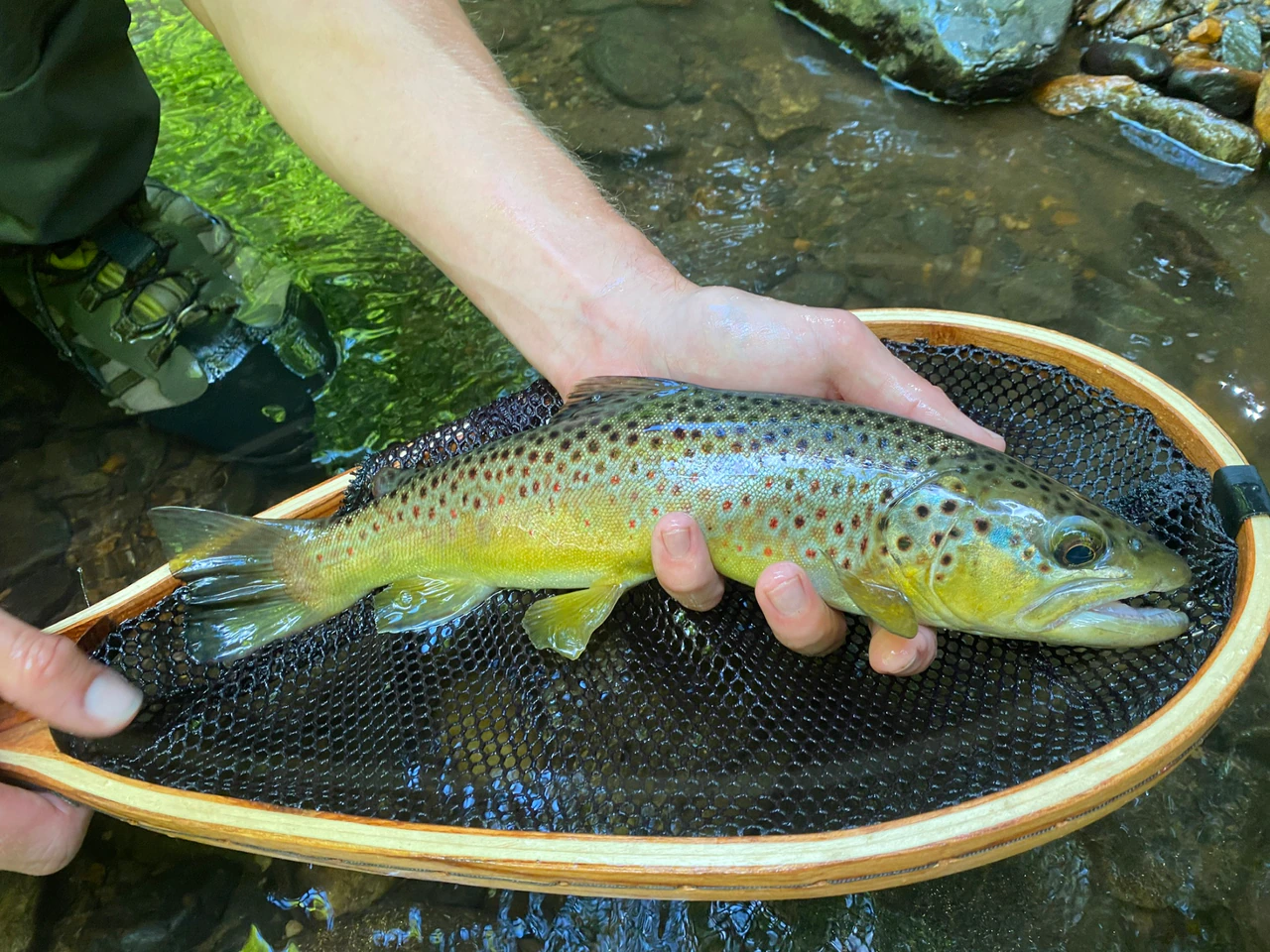And it’s absolutely true…
 Nothing compares to reading an adrenalin-fueled heist story filled with weird twists, macabre motivations, and crazy courtroom antics. Usually, those stories are complete fabrications, fiction designed to titillate the reader’s imagination. But in this case, truth really is stranger than fiction.
Nothing compares to reading an adrenalin-fueled heist story filled with weird twists, macabre motivations, and crazy courtroom antics. Usually, those stories are complete fabrications, fiction designed to titillate the reader’s imagination. But in this case, truth really is stranger than fiction.
My socks were absolutely knocked off by a nonfiction, true-crime book, The Feather Thief, by Kirk Wallace Johnson.
I couldn’t have even dreamed this story up and would have had a hard time molding the details into a story that readers would buy into because it’s so far-fetched.
It read like a thriller but contained tons of research and dozens and dozens of interviews. Part detective story. Part history. Part journalistic exposé. The Feather Thief does it all. It’s the most bizarre, but absolutely true, heist story you’ll ever read.
Edwin Rist was studious and intelligent, home-schooled by parents who bred Labradoodles in the Hudson Valley of New York. Born in 1989, Edwin’s intelligence was encouraged and cultivated, and by the time he was a young teen, he was demonstrating a prodigious ability with the flute.
By happenstance, Rist also was exposed to the art of Victorian fly-tying.
Victorian fly-tying, it turns out, is a hobby predominantly practiced by men with money. It was a pastime started in the mid-1800s, fueled by the fervor for natural history and the exploration of exotic birds done by Alfred Russel Wallace, a contemporary of Charles Darwin. Wallace spent years collecting specimens, most of them rare birds, from the Amazon and the Malay Archipelago. His collection of specimens from the Amazon was lost when the ship that was carrying them was destroyed in a fire, but throughout the later years of Wallace’s studies, he collected thousands more specimens.
While he was traveling, Wallace sent specimens back, and through an agent, sold specimens to the British Natural History Museum. Between 1857 and 1865, the museum purchased 900 specimens.
Then, in 1873, Wallace sold his personal collection of 2500 exotic bird specimens, all neatly tagged, to the museum.

During this time of rabid interest in natural history, men were pursuing the art of what’s now known as Victorian salmon fly-tying. This passion for beauty merged with a sport-accessory: hooks were elaborately decorated with brilliantly colored feathers, bits of fur, and specialty threads.
Think of it as jewelry for a fishing hook. Ornamental. Beautiful. Expensive. But not very practical.

Several men at the crux of the movement, George Kelson or Major John Popkin Traherne, for example, wrote down “recipes” for their best “flies.” These instructions became manuals for followers and are still followed today.
Fly-tying was the creation of these fantastic-to-look-at-fishing hooks, presumably used to lure the biggest possible fish while casting your line.
Here’s the weird thing:
The majority of the people who pursue this hobby don’t even fish. They would never dream of throwing their creations in a stream.
Those flies were created using feathers from exotic birds, along with bits of fur and specialty threads. Completed “flies” can cost thousands of dollars to create. . . and beautiful, brilliantly-colored feathers are hard to come by.
Edwin Rist had a great brain, and apparently, he was good with his hands. Not only was he a burgeoning prodigy with the flute, but he was also a heck of a fly-tier. He became obsessed with the hobby after he saw fly-tying on television. His parents arranged for him to have lessons from another older fly-tier, and Edwin began to attend conferences and contests, winning several awards for his aptitude and speed of creating flies.
When Edwin Rist left to go to college to study music and the flute at London’s Royal Academy of Music, his parents were struggling financially. Edwin needed a new flute if he was going to compete with the top echelon of musicians, and he got an idea.
Edwin Rist wrote a letter under another name requesting access to a branch of the British Natural History Museum located at Tring, thirty miles outside of London. He was posing as a researcher. What was special about the Tring? The collection of ornithological specimens houses 95% of all known bird species, about 750,000 individual examples, neatly tagged and stored in metal drawers.
When permission was granted in 2009, Rist took a train to his destination and toured the facility, snapping pictures the whole time. He also drew a diagram and a written plan of how to get into the Tring. Months later, after he played in a concert, he took the train to the museum, armed with gloves and a glass cutter, and entered through a window at the back.
Undetected and under cover of night, he took 299 birds, stuffing them into to a duffel bag and his backpack.
Edwin Rist understood the value of exotic bird feathers to the rabid fly-tying community and planned to profit from that lust.
You’ll have to read this fascinating book to get all the details of it, but the crux of the story is that months after Rist stole the birds, the museum discovered the theft. It was not an easy crime to solve. Time elapsed before a detective started looking at online fly-tying forums and found that someone was selling some of the same feathers that came from stolen birds.
Police tracked down Ewin Rist who immediately confessed. The evidence, after all, was in boxes and bags around his apartment. He was arrested, but released.
When his case went to court, Edwin’s lawyer claimed he was a victim of Asperger’s Disease. Edwin was released and did not have to serve any jail time for his significant crime.
Those birds he stole were worth hundreds of thousands of dollars, and Edwin made thousands of dollars from those sales before he was caught.
He used the money, he said, to buy a new flute.

It’s bad enough that Edwin Rist suffered no consequences for making money from his bird specimen heist, but he did unimaginable damage to research. Scientists have used those century-old birds to determine how our ecosystems are changing, like the impact of DDT pesticides on the bird population and the rise of mercury in the ocean.
What Rist stole, contrary to the implied assertion that there were just a bunch of dead birds from a dusty old museum, can NEVER be replaced.
Without punishment, Edwin Rist went out into the world. He graduated, moved to Germany, and now goes under the assumed name of Edwin Reinhard, posting YouTube videos of himself playing heavy metal flute.
Kirk Wallace Johnson’s book encompasses not just the story of Edwin Rist’s theft. It also traces the steps of Alfred Russel Wallace as he searches for birds in the wild, uncharted places in the world. It highlights the craze and feather phenomenon of using feathers in fashion — including using whole birds on top of hats. It details the painstaking investigation by the detectives looking for the person guilty of stealing dead birds from a natural history museum. It emphasizes the frustration felt by museum officials and conservationists when Rist is released without penalty.
The Feather Thief carefully chronicles the Victorian fly-tying obsession. Through interviews and meticulous research, along with great story-telling ability, Johnson showcases the not-always-above-board-quest for rare and precious feathers.
Read this book. It’s the most bizarre, but absolutely true, historical heist story you’ll ever read.
Credit: Source link































